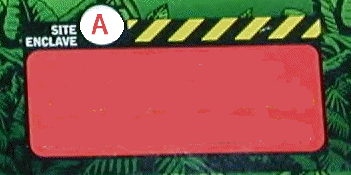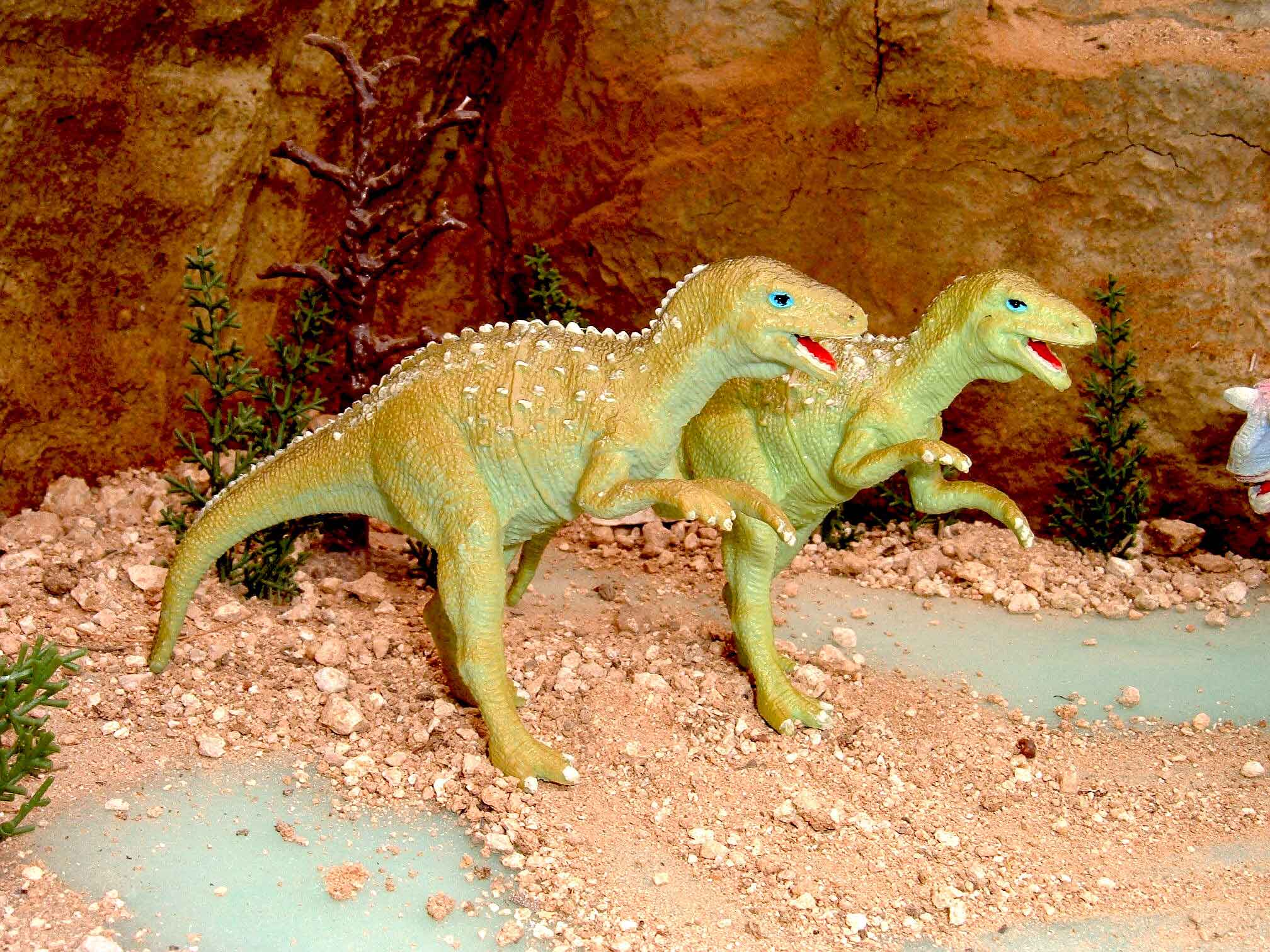
Early Jurassic
from the Dinosaur Collector
 |
Early Jurassic from the Dinosaur Collector
|
update 110912
Theropods emerged as the top predators of their day the extinction of last of the archosaurs. The first of the great dinosaurian carnivores, the Dilophosaurs were active, graceful animals, easily able to tackle the contemporary prosauropods, vulcanodontid sauropods, and scelidosaurs that made up the main herbivorous fauna of the times. The double crest on the top of the head was probably a sexual display device. Faunas of the Early Jurassic show remarkable homogeneity, and this contrasts strongly with the Triassic situation.
With the Rhaetian extinction of the basal Rauisuchia, the Dilophosaurine theropods emerged as the top predators of their day. The first of the great dinosaurian carnivores, the Dilophosaurs were active, graceful animals, easily able to tackle the contemporary prosauropods, vulcanodontid sauropods, and scelidosaurs that made up the main herbivorous fauna of the times. The double crest on the top of the head was probably a sexual display device.

There is evidence of several large theropods from Europe. There is Sarcosaurus an early ceratosaur and Saltriosaurus an early tetanuran both ar known only from scrapppy fossils so any restoration is guess work.
Coelophysids were the most sucessful theropods from the Triassic. The are the main predators of the Early Jurassic and have been found world wide. Dilophosaurus at 20 feet was the largest and best known. The crest are found on it smaller relatives. Initially any large coelophysid with crests is assumed to be Dilophosaurus. More detailed fossils may show they are actually different speoces in the same family.
Dilophosaurus had long, powerful legs and short arms, and 2 thin, highly arched nasolacrimal crests on its head for display. It may have been a scavenger, as its jaws were not well developed. Alternatively, it may have killed with its clawed hands and feet. There is not any good way to prove the large theropod was an active hunter verses a scavenger. Large animals proably were not picky.
|
|